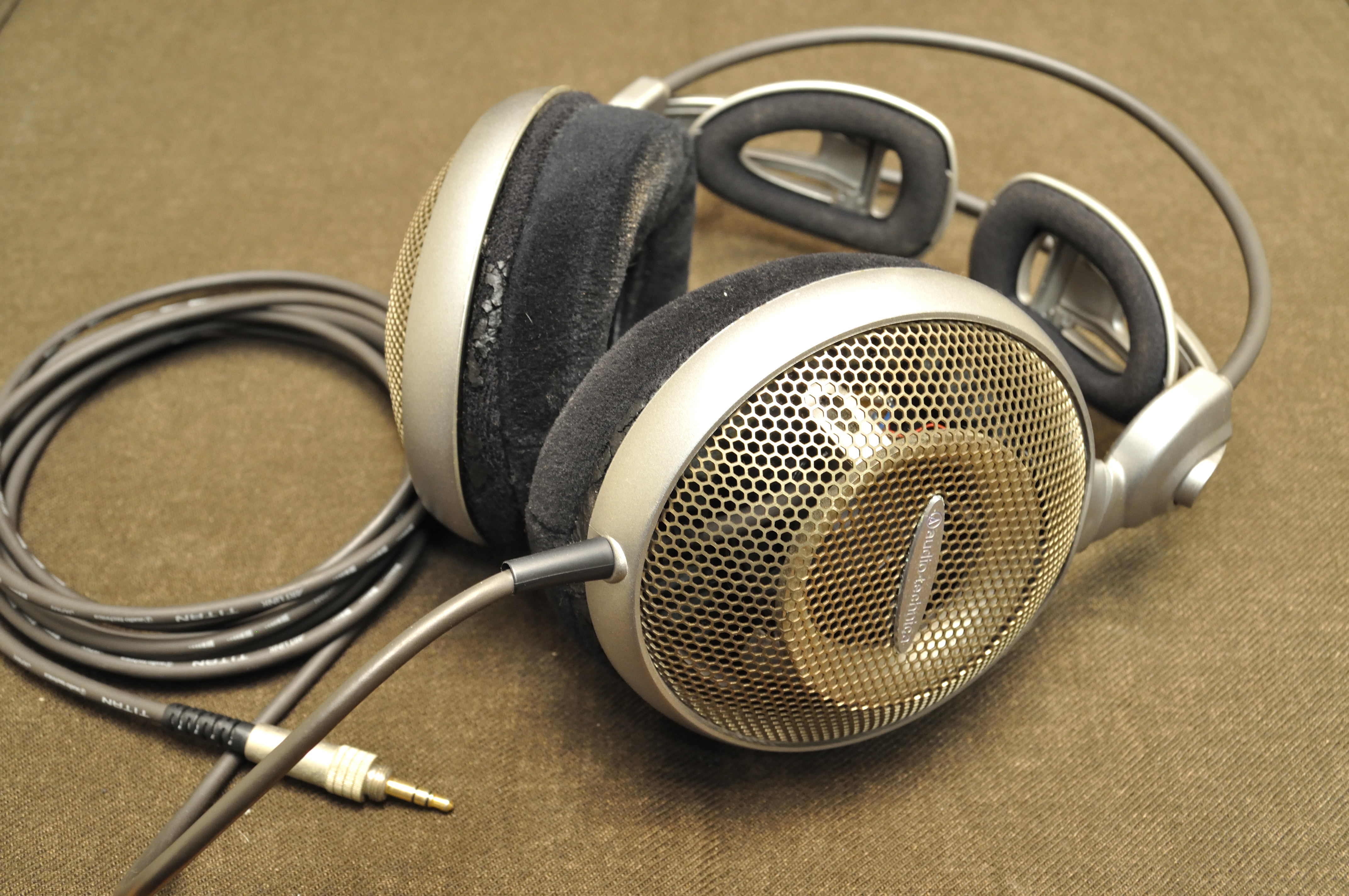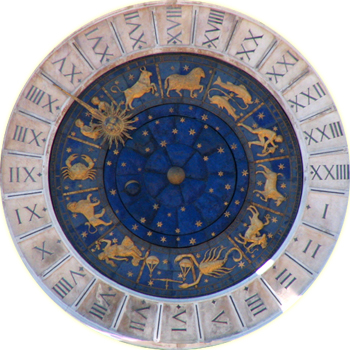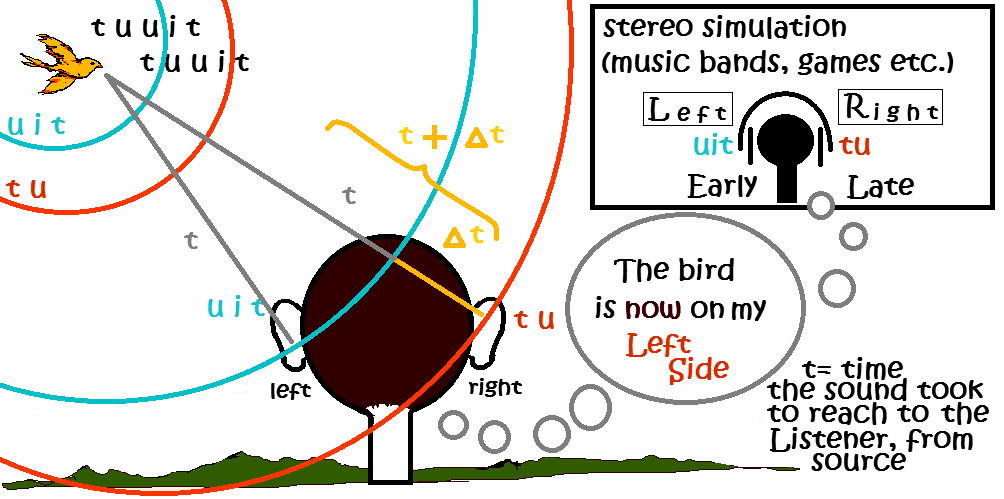|
Audiophiles
An audiophile (from + ) is a person who is enthusiastic about high-fidelity sound reproduction. The audiophile seeks to achieve high sound quality in the audio reproduction of recorded music, typically in a quiet listening space in a room with good acoustics. Audiophile values may be applied at all stages of music reproduction—the initial audio recording, the production process, the storage of sound data, and the playback (usually in a home setting). In general, the values of an audiophile are seen to be antithetical to the growing popularity of more convenient but lower-quality music, especially lossy digital file types like MP3, lower-definition music streaming services, laptop or cell phone speakers, and low-cost headphones. The term ''high-end audio'' refers to playback equipment used by audiophiles, which may be bought at specialist shops and websites. High-end components include turntables, digital-to-analog converters, equalization devices, preamplifiers and amplifiers ... [...More Info...] [...Related Items...] OR: [Wikipedia] [Google] [Baidu] |
Subwoofer
A subwoofer (or sub) is a loudspeaker designed to reproduce low-pitched audio frequencies, known as bass and sub-bass, that are lower in frequency than those which can be (optimally) generated by a woofer. The typical frequency range that is covered by a subwoofer is about for consumer products, below for professional live sound, and below in THX-certified systems. Thus, one or more subwoofers are important for high-quality sound reproduction as they are responsible for the lowest two to three octaves of the ten octaves that are audible. This very low-frequency (VLF) range reproduces the natural fundamental tones of the bass drum, electric bass, double bass, grand piano, contrabassoon, tuba, in addition to thunder, gunshots, explosions, etc. Subwoofers are never used alone, as they are intended to substitute the VLF sounds of "main" loudspeakers that cover the higher frequency bands. VLF and higher-frequency signals are sent separately to the subwoofer(s) and the mains by ... [...More Info...] [...Related Items...] OR: [Wikipedia] [Google] [Baidu] |
High-fidelity
High fidelity (hi-fi or, rarely, HiFi) is the high-quality reproduction of sound. It is popular with audiophiles and home audio enthusiasts. Ideally, high-fidelity equipment has inaudible noise and distortion, and a flat (neutral, uncolored) frequency response within the human hearing range. High fidelity contrasts with the lower-quality "lo-fi" sound produced by inexpensive audio equipment, AM radio, or the inferior quality of sound reproduction that can be heard in recordings made until the late 1940s. History Bell Laboratories began experimenting with various recording techniques in the early 1930s. Performances by Leopold Stokowski and the Philadelphia Orchestra were recorded in 1931 and 1932 using telephone lines between the Academy of Music in Philadelphia and the Bell labs in New Jersey. Some multitrack recordings were made on optical sound film, which led to new advances used primarily by MGM (as early as 1937) and Twentieth Century Fox Film Corporation (as early ... [...More Info...] [...Related Items...] OR: [Wikipedia] [Google] [Baidu] |
Sound Reproduction
Sound recording and reproduction is the electrical, mechanical, electronic, or digital inscription and re-creation of sound waves, such as spoken voice, singing, instrumental music, or sound effects. The two main classes of sound recording technology are analog recording and digital recording. Acoustic analog recording is achieved by a microphone diaphragm that senses changes in atmospheric pressure caused by acoustic sound waves and records them as a mechanical representation of the sound waves on a medium such as a phonograph record (in which a stylus cuts grooves on a record). In magnetic tape recording, the sound waves vibrate the microphone diaphragm and are converted into a varying electric current, which is then converted to a varying magnetic field by an electromagnet, which makes a representation of the sound as magnetized areas on a plastic tape with a magnetic coating on it. Analog sound reproduction is the reverse process, with a larger loudspeaker diaphragm c ... [...More Info...] [...Related Items...] OR: [Wikipedia] [Google] [Baidu] |
Headphones
Headphones are a pair of small loudspeaker drivers worn on or around the head over a user's ears. They are electroacoustic transducers, which convert an electrical signal to a corresponding sound. Headphones let a single user listen to an audio source privately, in contrast to a loudspeaker, which emits sound into the open air for anyone nearby to hear. Headphones are also known as earphones or, colloquially, cans. Circumaural (around the ear) and supra-aural (over the ear) headphones use a band over the top of the head to hold the drivers in place. Another type, known as earbuds or earpieces, consists of individual units that plug into the user's ear canal; within that category have been developed cordless air buds using wireless technology. A third type are bone conduction headphones, which typically wrap around the back of the head and rest in front of the ear canal, leaving the ear canal open. In the context of telecommunication, a headset is a combination of a hea ... [...More Info...] [...Related Items...] OR: [Wikipedia] [Google] [Baidu] |
Pseudoscientific
Pseudoscience consists of statements, beliefs, or practices that claim to be both scientific and factual but are incompatible with the scientific method. Pseudoscience is often characterized by contradictory, exaggerated or unfalsifiable claims; reliance on confirmation bias rather than rigorous attempts at refutation; lack of openness to evaluation by other experts; absence of systematic practices when developing hypotheses; and continued adherence long after the pseudoscientific hypotheses have been experimentally discredited. It is not the same as junk science. The demarcation between science and pseudoscience has scientific, philosophical, and political implications. Philosophers debate the nature of science and the general criteria for drawing the line between scientific theories and pseudoscientific beliefs, but there is widespread agreement "that creationism, astrology, homeopathy, Kirlian photography, dowsing, ufology, ancient astronaut theory, Holocaust denia ... [...More Info...] [...Related Items...] OR: [Wikipedia] [Google] [Baidu] |
Power Conditioner
A power conditioner (also known as a line conditioner or power line conditioner) is a device intended to improve the quality of the power that is delivered to electrical load equipment. The term most often refers to a device that acts in one or more ways to deliver a voltage of the proper level and characteristics to enable load equipment to function properly. In some uses, power conditioner refers to a voltage regulator with at least one other function to improve power quality (e.g. power factor correction, noise suppression, transient impulse protection, etc.) Conditioners specifically work to smooth the sinusoidal A.C. wave form and maintain a constant voltage over varying loads. Types An AC power conditioner is the typical power conditioner that provides "clean" AC power to sensitive electrical equipment. Usually this is used for home or office applications and commonly provides surge protection as well as noise filtering. Power line conditioners take in power and modify ... [...More Info...] [...Related Items...] OR: [Wikipedia] [Google] [Baidu] |
Soundproofing
Soundproofing is any means of impeding sound propagation. There are several methods employed including increasing the distance between the source and receiver, decoupling, using noise barriers to reflect or absorb the energy of the sound waves, using damping structures such as sound baffles for Absorption (acoustics), absorption, or using active anti-noise sound generators. Acoustic quieting and noise control can be used to limit unwanted noise. Soundproofing can reduce the transmission of unwanted direct sound waves from the source to an involuntary listener through the use of distance and intervening objects in the sound path (see sound transmission class and sound reduction index). Soundproofing can suppress unwanted indirect sound waves such as Reflection (physics), reflections that cause Echo (phenomenon), echoes and resonances that cause reverberation. Techniques Absorption Sound-absorbing material controls reverberant sound pressure levels within a cavity, enclosure o ... [...More Info...] [...Related Items...] OR: [Wikipedia] [Google] [Baidu] |
ABX Testing
An ABX test is a method of comparing two choices of sensory stimuli to identify detectable differences between them. A subject is presented with two known samples (sample , the first reference, and sample , the second reference) followed by one unknown sample that is randomly selected from either A or B. The subject is then required to identify X as either A or B. If X cannot be identified reliably with a low p-value in a predetermined number of trials, then the null hypothesis cannot be rejected and it cannot be proven that there is a perceptible difference between A and B. ABX tests can easily be performed as double-blind trials, eliminating any possible unconscious influence from the researcher or the test supervisor. Because samples A and B are provided just prior to sample X, the difference does not have to be discerned using long-term memory or past experience. Thus, the ABX test answers whether or not, under the test circumstances, a perceptual difference can be found. AB ... [...More Info...] [...Related Items...] OR: [Wikipedia] [Google] [Baidu] |
Audio-Technica ATH-AD7 001
(stylized as audio-technica) is a Japanese company that designs and manufactures professional microphones, headphones, turntables, phonographic magnetic cartridges, and other audio equipment. Company history Audio-Technica was established in 1962 in Shinjuku, Tokyo, Japan, by Hideo Matsushita as a phonograph cartridge manufacturer. Its first products were the AT-1 and the AT-3 MM stereo phono cartridges. Business rapidly developed, and Audio-Technica expanded into other fields. The headquarters and factory moved in 1965 to the current address in Naruse, Machida, Tokyo. In 1969, the company began exporting phono cartridges worldwide and launched the first microcassette recorders. In 1972, Audio-Technica established its US arm in Fairlawn, Ohio, and started shipping VM phono cartridges to European manufacturers. In 1974, the company developed its first headphones, the AT-700 series, launched the same year. The AT-800 series of microphones were introduced in 1978, and in the ... [...More Info...] [...Related Items...] OR: [Wikipedia] [Google] [Baidu] |
Stereophonic Sound
Stereophonic sound, commonly shortened to stereo, is a method of sound reproduction that recreates a multi-directional, 3-dimensional audible perspective. This is usually achieved by using two independent audio channels through a configuration of two loudspeakers (or stereo headphones) in such a way as to create the impression of sound heard from various directions, as in natural hearing. Because the multi-dimensional perspective is the crucial aspect, the term ''stereophonic'' also applies to systems with more than two channels or speakers such as quadraphonic and surround sound. Binaural recording, Binaural sound systems are also ''stereophonic''. Stereo sound has been in common use since the 1970s in entertainment media such as broadcast radio, recorded music, television, video cameras, cinema, computer audio, and the Internet. Etymology The word ''stereophonic'' derives from the Greek language, Greek (''stereós'', "firm, solid") + (''phōnḗ'', "sound, tone, voice" ... [...More Info...] [...Related Items...] OR: [Wikipedia] [Google] [Baidu] |
Magnetostatic Loudspeaker
A magnetostatic loudspeaker is a dipole loudspeaker that is similar to an electrostatic loudspeaker but uses high currents instead of using high voltages. Permanent magnets provide a static magnetic field and wires or strips carrying audio frequency currents are bonded to a thin diaphragm. The current flowing in the conductors interacts with the magnetic field and creates sound in much the same way as in a conventional dynamic driver. Because of its dipole structure, this kind of speaker creates sound mostly to its front and back. The impedance of a magnetostatic speaker is often mainly resistive, but in some cases may be so low that the amplifiers An amplifier, electronic amplifier or (informally) amp is an electronic device that can increase the magnitude of a signal (a time-varying voltage or current). It is a two-port electronic circuit that uses electric power from a power suppl ... have to be ready to accommodate the low impedance load. Magnetostatic speakers ... [...More Info...] [...Related Items...] OR: [Wikipedia] [Google] [Baidu] |









